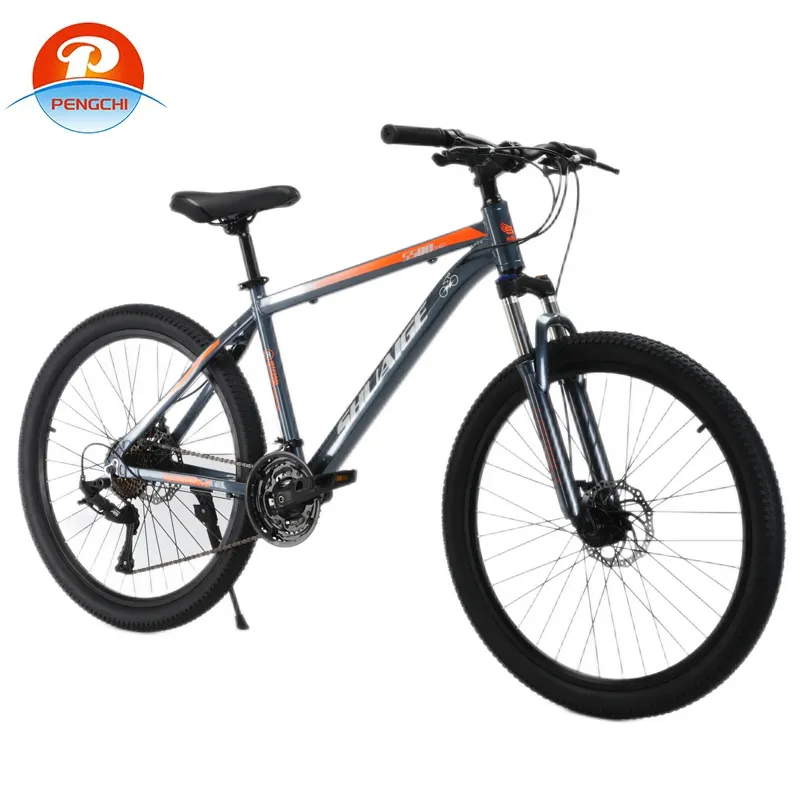
-
 Afrikaans
Afrikaans -
 Arabic
Arabic -
 Belarusian
Belarusian -
 Bengali
Bengali -
 Bulgarian
Bulgarian -
 Croatian
Croatian -
 Czech
Czech -
 Danish
Danish -
 Dutch
Dutch -
 English
English -
 Finnish
Finnish -
 French
French -
 German
German -
 Greek
Greek -
 hawaiian
hawaiian -
 Hebrew
Hebrew -
 Hindi
Hindi -
 Hungarian
Hungarian -
 Indonesian
Indonesian -
 irish
irish -
 Italian
Italian -
 Japanese
Japanese -
 Javanese
Javanese -
 kazakh
kazakh -
 Khmer
Khmer -
 Korean
Korean -
 Kyrgyz
Kyrgyz -
 Lao
Lao -
 Latin
Latin -
 Luxembourgish
Luxembourgish -
 Malay
Malay -
 Myanmar
Myanmar -
 Norwegian
Norwegian -
 Persian
Persian -
 Polish
Polish -
 Portuguese
Portuguese -
 Romanian
Romanian -
 Russian
Russian -
 Serbian
Serbian -
 Slovak
Slovak -
 Somali
Somali -
 Spanish
Spanish -
 Swedish
Swedish -
 Tagalog
Tagalog -
 Thai
Thai -
 Turkish
Turkish -
 Turkmen
Turkmen -
 Ukrainian
Ukrainian -
 Uighur
Uighur -
 Vietnamese
Vietnamese
Дек . 21, 2024 20:19 Back to list
how to pick a bike size for a woman
How to Pick a Bike Size for a Woman
Choosing the right bike size is crucial for comfort, performance, and overall enjoyment while cycling. For women, bike sizing can vary significantly from men’s bikes, not only in terms of frame size but also in design and geometry. Here’s how to ensure you pick the perfect bike size that fits well and meets your needs.
Understanding Bike Frame Sizes
Bike frames come in various sizes, typically determined by the measurement from the center of the bottom bracket to the top of the seat tube. Women-specific bikes usually have smaller frame sizes and different geometries to accommodate narrower shoulders, shorter torsos, and longer legs compared to men. When purchasing a new bike, manufacturers usually provide a sizing chart based on height and inseam measurements.
Measure Your Height and Inseam
Before selecting a bike, take the time to accurately measure your height and inseam.
1. Height Stand straight and measure from the top of your head to the ground. This will give you a baseline for selecting the correct frame size. 2. Inseam To measure your inseam, stand with your feet about shoulder-width apart. Without shoes, measure from the floor up to your crotch. This measurement will help you determine the appropriate standover height of the bike.
Having these two measurements will assist in matching you with the correct bike frame size
.Consult Sizing Charts
how to pick a bike size for a woman

Most bike manufacturers provide sizing charts to help you determine the right size based on your measurements. Look for a chart specific to the brand of bike you are considering, as sizing can vary between manufacturers. Typically, for a road bike, a woman who is 5'4 to 5'6 might choose a size small (52-54 cm frame), while someone 5'7 to 5'9 might opt for a medium (54-56 cm frame).
Test Ride
Once you have determined a suitable size, the best way to ensure a good fit is to take the bike for a test ride. During the ride, pay attention to how your ears align with your shoulders, how your back feels while reaching for the handlebars, and whether your legs can comfortably extend and bend while pedaling.
1. Reach Your arms should comfortably reach the handlebars without overextending. You should maintain a slight bend in your elbows. 2. Standover Height When you straddle the bike, there should be about 1-2 inches of clearance between the top tube and your body. This will allow you to dismount safely.
3. Saddle Height Adjust your saddle so that your leg is almost fully extended at the bottom of the pedal stroke. Your heel should touch the pedal in the lowest position, with a slight bend in your knee when using the ball of your foot on the pedal.
Consider Bike Type
Different types of bikes (road, mountain, hybrid) may also affect sizing. Road bikes tend to have a more aggressive, lower geometry that can affect comfort. Mountain bikes usually offer a more upright position which can be beneficial for stability and control. Therefore, consider the type of riding you’ll be doing when choosing your bike.
Conclusion
Picking the right bike size is essential for maximizing your cycling experience. Taking the time to measure yourself, consult sizing charts, and taking bike test rides will lead to a more enjoyable and comfortable experience on two wheels. A well-fitted bike allows for better control, efficiency, and enjoyment, making every ride a pleasure. So, go out, measure, test, and find your perfect fit!
-
Premium Titanium Road Bike: Lightweight & Durable
NewsAug.01,2025
-
Red Black BMX Bike with GPT-4-Turbo AI Tech
NewsJul.31,2025
-
New Red Anti-theft E-Bike | Easy Ride City Commuter
NewsJul.31,2025
-
BMX 20 Inch Bikes for Freestyle & Street | Fat Tire Options Available
NewsJul.30,2025
-
322 High Quality 26 Inch 21 Speed Adult Mountain Bike OEM MTB
NewsJul.29,2025
-
Specialized Kids Mountain Bikes - Safe, Durable & Fun Riding Experience
NewsJul.29,2025

